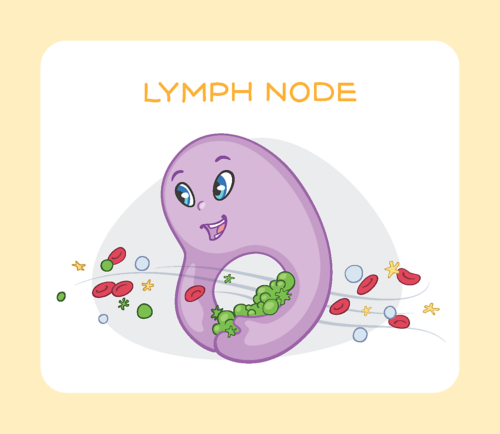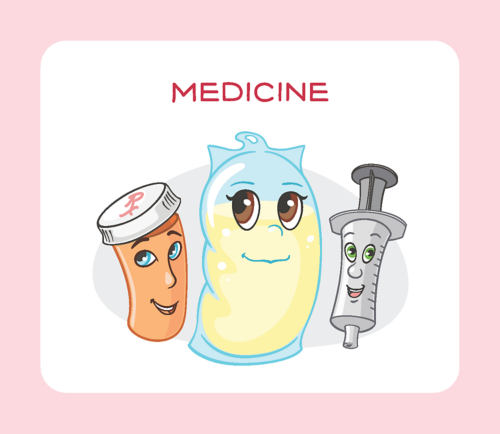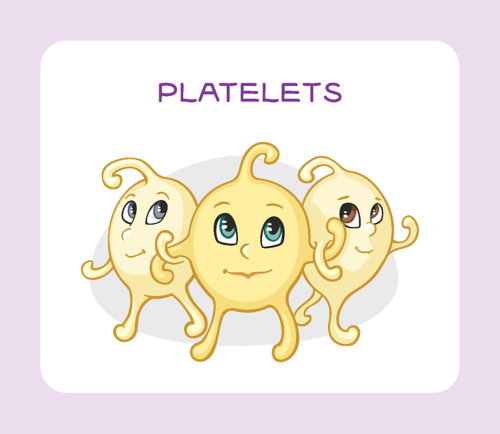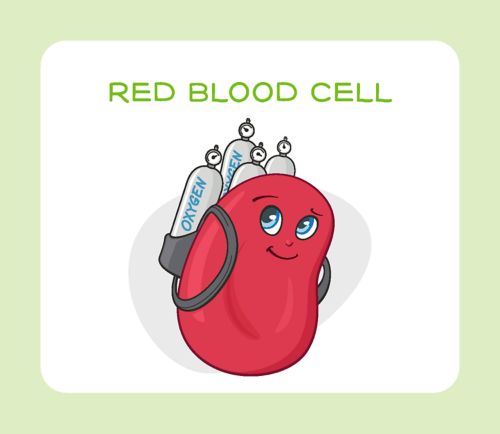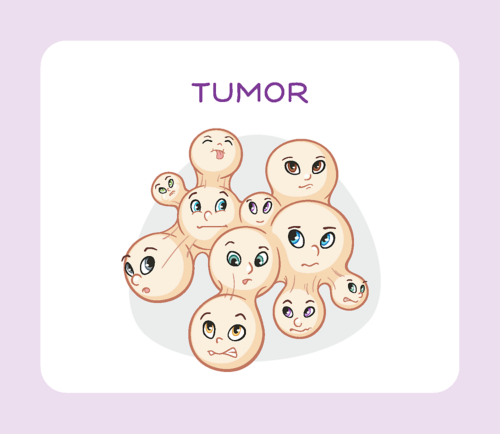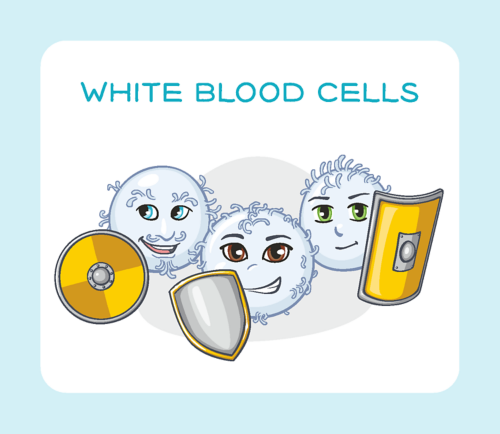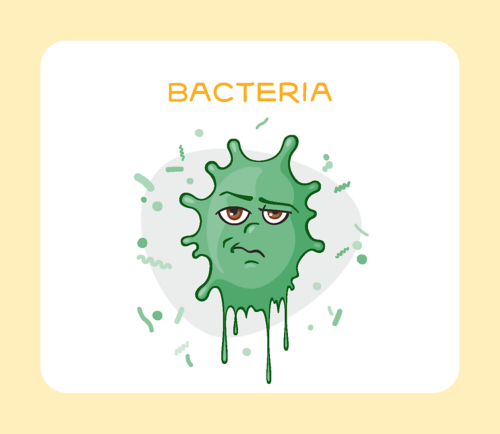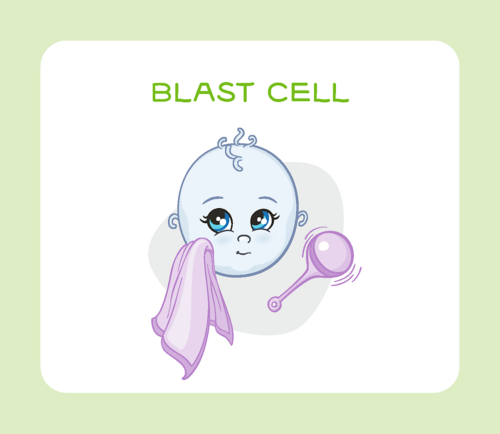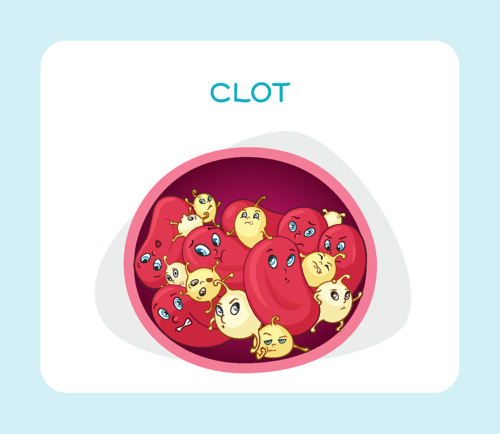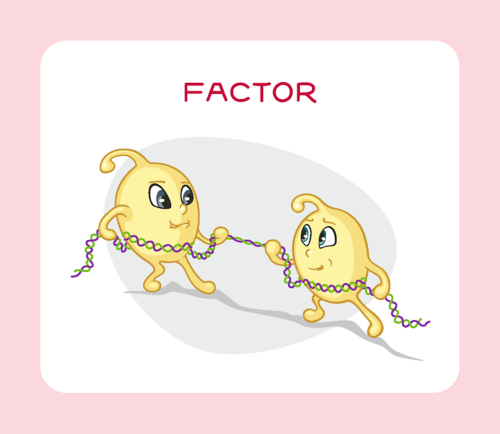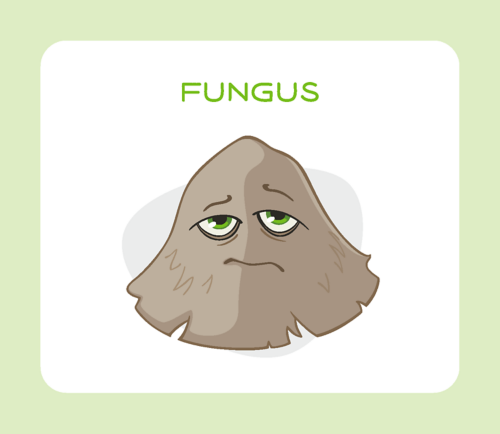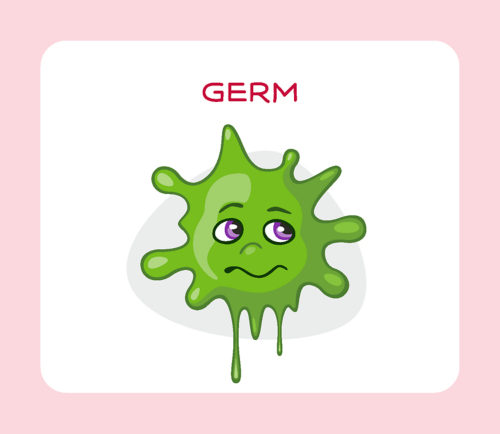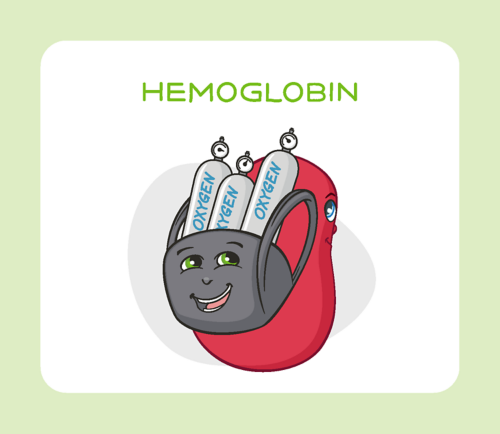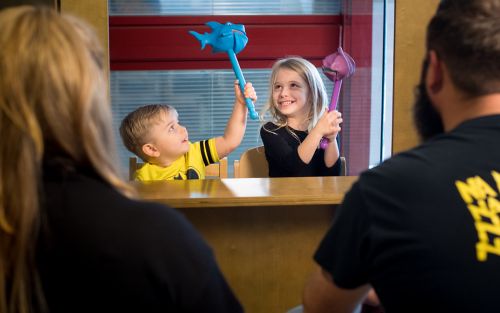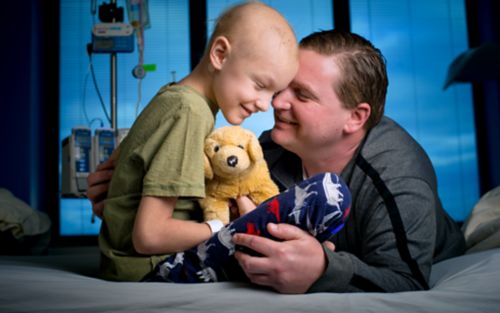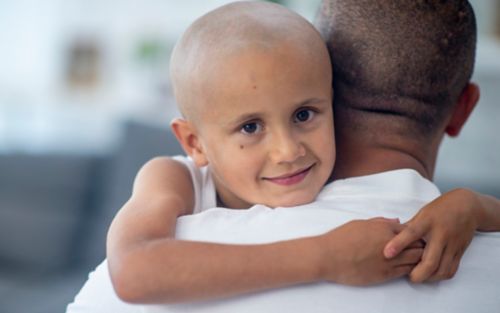Bone marrow transplant — A bone marrow transplant (also called a stem cell transplant) is part of the treatment plan for many different illnesses. In a bone marrow transplant, healthy baby blood (called stem cells) are taken from the bone marrow or bloodstream of one person and transferred to the person who needs the treatment. Sometimes healthy stem cells from your own body can be used for a transplant. Other times, stem cells are taken from a matched donor. The cells can come from the donor’s bloodstream or bone marrow. If the stem cells must come from the bone marrow, the donor goes to surgery where bone marrow is removed with a long needle. The healthy stem cells are separated from the bone marrow and given to the patient who needs them.
Cancer — An illness of unhealthy cells that grow in the body. Cancer happens when unhealthy cells keep dividing quickly. Wherever the cancer cells are, they can make it difficult for that part of the body to work the way it needs to. There are many different types of cancer with their own name and unique kind of medicine or treatment. Cancers are different because of the place in the body they are found, what they look like, and the way they grow.
Catheter — A small, thin, flexible tube that helps fluids go in the body or come out of the body.
Cells — The smallest part of the body and can only be seen with the help of a microscope. Cells work like building blocks that fit together to make up all parts of the body. The body is made up of millions of cells.
Cerebral spinal fluid — The liquid around the brain and spine. It can be called CSF for short. This fluid can help to keep the brain and spine safe, kind of like a cushion or shield. There are nutrients (like vitamins) that grow in this liquid to help keep parts of the body strong. In the hospital, someone from the medical team can look at a small amount of CSF under a microscope, and it shows important information about how someone’s body is working and if medicine is helping.
Chemotherapy — Sometimes called chemo. It is strong medicine used to try to get rid of cancer cells and stop them from growing in the body. There are many different kinds of chemotherapy with different names. Some chemotherapy can be made into a pill, and others are liquid.
Culture — A type of test to check for germs in your body. A doctor or nurse may use some of your blood to take a culture. They may need to use a cotton swab to touch or wipe your bottom, nose, or throat.
Diagnosis — The name of an illness. Doctors may schedule several tests to figure out what makes a patient sick. Once the medical team decides what is unhealthy inside the patient’s body, they can tell patient the name of his or her illness. Knowing the name or diagnosis helps the medical team know what medicines are needed.
Drain — A small tube that takes fluid from the surgery area out of your body. The fluid gathers in the surgery area and is not supposed to be there. It might look like water, but it also might have blood in it.
Dressing change — Putting a new bandage over your central line, PICC lines, or port.
Dye/ contrast — Medicine to help the doctors see the inside of your body better when you have a scan.
Foley — A small tube that takes the pee out of the body. The tube goes in where the pee comes out of your body.
IV — A small tube that is placed in a vein using a needle. It is a way to give medicine to the body.
Line or central line — A tube that goes into the large vein near the heart and comes out of the body in the middle of the chest.
Lumbar puncture — Doctors and nurse practitioners use a small needle to get some of the CSF from your spine. CSF is a kind of fluid that all people have around their brain and spine.
Lymph nodes — Parts of the body that look like a cluster of little peas and work like a strainer to help catch and get rid of germs. Lymph nodes collect and move white blood cells to the sick areas of the body to help fight infection. Lymph nodes are found in different places inside the body. Two places you may notice are the neck and under your armpit.

